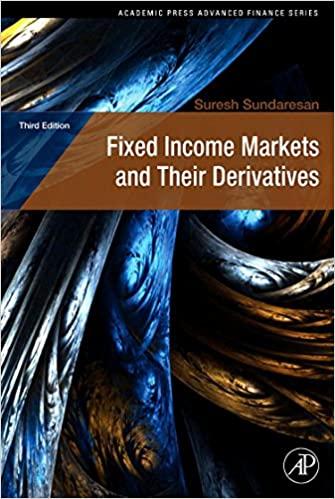

Understanding How Trade Orders Work Different trade orders such as market order, limit order, stop-loss order etc. are created to give investors the liberty to manage their securities based on their expectations out of the investments. Charles purchased 250 shares of an exchange traded fund (ETF) specializing in consumer staples for $48.87 per share. Charles is comfortable holding on to his shares in the face of minor fluctuations, but does not want to risk the share value falling far below his purchase price. He therefore considers placing a order so that all 250 shares would be sold if the share price falls to $44.00. The following graphs depict two hypothetical paths for the share value of Charles's ETF over the course of the next six months. Complete the sentences below each graph to describe what would happen if Charles placed the preceding order under each of the two circumstances. SHARE VALUE SHARE VALUE 0 1 2 3 4 5 6 MONTHS IN FUTURE 0 1 2 3 4 5 6 MONTHS IN FUTURE In the preceding scenario, his order would be activated and executed at ; thus the order would over the six month period. in the preceding scenario, his order would be activated and executed at ; thus the order would over the six month period. True or False: If instead the stock price had risen steadily and never fallen below $44.00, placing the order would have acted as a safeguard but would have had no real effect. True False Understanding How Trade Orders Work Different trade orders such as market order, limit order, stop-loss order etc. are created to give investors the liberty to manage their securities based on their expectations out of the investments. Charles purchased 250 shares of an exchange traded fund (ETF) specializing in consumer staples for $48.87 per share. Charles is comfortable holding on to his shares in the face of minor fluctuations, but does not want to risk the share value falling far below his purchase price. He therefore considers placing a order so that all 250 shares would be sold if the share price falls to $44.00. The following graphs depict two hypothetical paths for the share value of Charles's ETF over the course of the next six months. Complete the sentences below each graph to describe what would happen if Charles placed the preceding order under each of the two circumstances. SHARE VALUE SHARE VALUE 0 1 2 3 4 5 6 MONTHS IN FUTURE 0 1 2 3 4 5 6 MONTHS IN FUTURE In the preceding scenario, his order would be activated and executed at ; thus the order would over the six month period. in the preceding scenario, his order would be activated and executed at ; thus the order would over the six month period. True or False: If instead the stock price had risen steadily and never fallen below $44.00, placing the order would have acted as a safeguard but would have had no real effect. True False








